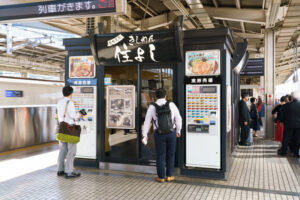
If you pass through Nagoya Station by Shinkansen, you have a unique chance to enjoy a bowl of authentic kishimen noodles without even leaving the platform. The legendary “Kishimen Sumiyoshi” noodle stand is beloved by locals, commuters, and travelers alike. Many visitors consider it a must-try Nagoya food experience during a train transfer.
Contents
What is Kishimen?
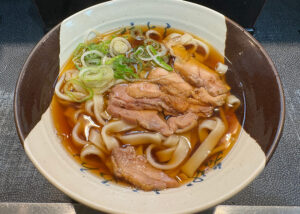
-
Kishimen (きしめん) is a specialty of Nagoya: a type of flat, wide udon noodle.
-
The texture is slightly chewy yet smooth, and the noodles hold the broth well.
-
Typical broth is made from soy sauce and dashi (bonito & kelp), lighter and more fragrant than regular udon soup.
-
Toppings usually include green onions, bonito flakes, abura-age (fried tofu), kamaboko (fish cake), spinach, and tempura pieces.
About Sumiyoshi (住よし)
-
Sumiyoshi operates multiple standing noodle shops (立ち食いそば屋) on the Shinkansen platforms of JR Nagoya Station.
-
Founded in the 1960s, the shops became famous for quick, affordable, and delicious bowls of kishimen.
-
For decades, it’s been a favorite of locals catching a train, office workers, and tourists seeking an easy taste of Nagoya.
-
The “platform location” is part of its charm: you can hear the announcement of the bullet train while eating.
How to Experience It
1. Location
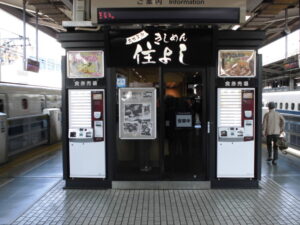
-
Shops are located directly on the Shinkansen platforms (inside the paid area).
-
Available at both downbound (to Osaka/Kyoto) and upbound (to Tokyo) platforms.
-
You must have a Shinkansen ticket to access the shop.
2. Atmosphere
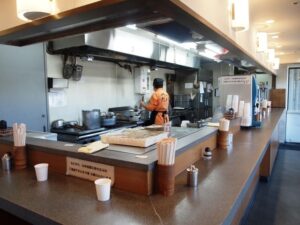
-
Standing-only counter style. No chairs — you order, receive your bowl, and eat quickly.
-
Busy at peak hours, but service is extremely fast (1–2 minutes).
-
Very casual, authentic, and part of Japan’s “ekiben/eki-soba” (station food) culture.
3. How to Order
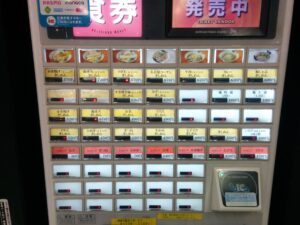
-
Purchase a meal ticket at the vending machine near the entrance.
-
Machines usually have buttons with dish names (in Japanese, some with pictures).
-
Hand the ticket to the staff, and they prepare your bowl right in front of you.
4. Recommended Menu
-
Standard Kishimen – flat noodles with bonito flakes, green onions, kamaboko, spinach.
-
Tempura Kishimen – with kakiage (mixed vegetable fritter) or shrimp tempura.
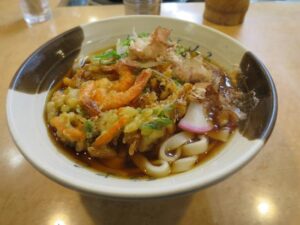
-
Curry Kishimen – with Japanese curry-flavored broth.
-
Seasonal Specials – sometimes cold kishimen in summer.
-
Price range: ¥400–¥700 (very cheap compared to restaurants outside).
Why It’s Special
-
Authenticity: Simple, old-school taste loved by locals for decades.
-
Convenience: Located on the platform — perfect for a quick meal while transferring.
-
Culture: Standing soba/udon shops are a big part of Japanese train travel culture.
-
Speed: You can eat a full local specialty in under 10 minutes before catching your train.
Traveler Tips
-
Timing: Perfect if you have 10–15 minutes before your Shinkansen departs.
-
Cash: Machines usually take coins and bills (some accept IC cards, but best to have small cash).
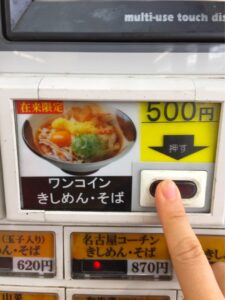
-
Language barrier: The ticket machine may be in Japanese only. If unsure, press the cheapest button or look for “きしめん.”
-
Standing culture: Locals eat quickly. Don’t linger too long at the counter.
-
Peak hours: Crowds during morning and evening commuter times — but service is so fast, the line moves quickly.
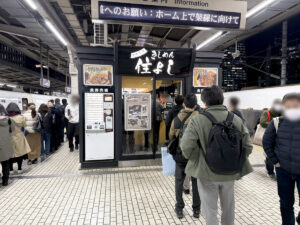
Nearby Food Alternatives in Nagoya Station
If you miss Sumiyoshi or want a sit-down experience:
-
Yabaton (味噌カツ) for miso katsu.
-
Atsuta Horaiken (ひつまぶし) for hitsumabushi (grilled eel over rice).
-
Other kishimen restaurants outside the paid area — but none with the same “platform charm” as Sumiyoshi.
Tip for Travelers:
Even if you’re not hungry, stop by Sumiyoshi to try a small bowl of kishimen — it’s one of the cheapest, fastest, and most authentic ways to enjoy a “Nagoya-only taste” during your Shinkansen journey.
Related articles
Official Website
https://tabelog.com/en/aichi/A2301/A230101/23001534/
Accommodation sites
Agoda

